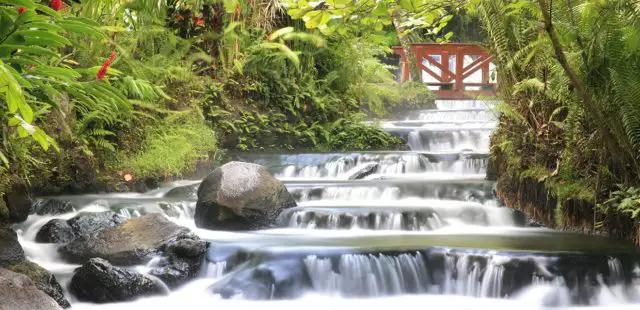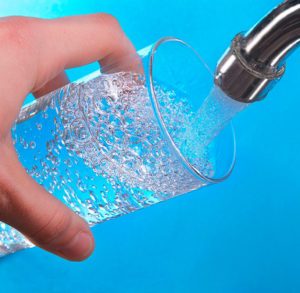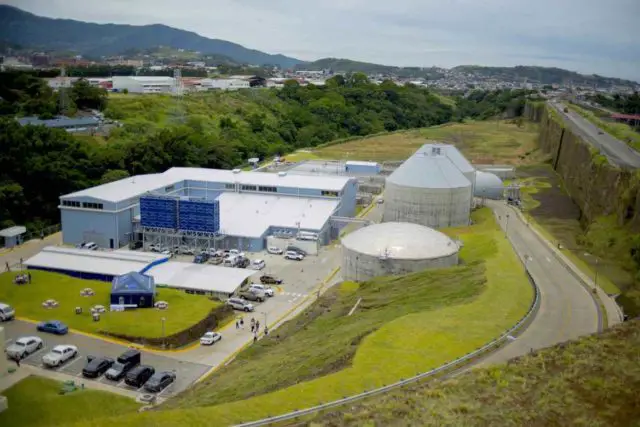Costa Rica is a country that stands out among the others for many and different reasons. For instance, it is one of the 1st countries in the world that seeks to supply drinking water to all its communities, including the coastal areas. This is achieved through a system that allows a constant supply of water sources located, mainly, in the springs and rivers that cross the spectacular Costa Rican cloud forests. These forests have an abundant water cycle, which regenerates almost daily.

During this last decade, Costa Rica has achieved a great development in relation to the supply of basic services, especially water. At present, this sector faces the biggest challenges in the whole country, since it seeks to excel by offering an optimal service of quality and that is available to all.
For example, due to the continental division of water sources, this process is subject to the influence of the Pacific and Atlantic Oceans, which are part of the geographical limits of the country and, as a result of this process, condensation occurs in the leaves of the forest trees, which basically offers one of the best drinking water services in the world. And the best part of all this is that we have it completely at our disposal.
Demographically, our country has an estimated 4.3 million inhabitants. Out of this quantity, an approximate of 62% of our inhabitants lives in the so-called zones of greater affluence in the country, that is, in large cities. In the last 10 years, positive progress has been made in the drinking water service, also covering the so-called urban areas.
The potable water in Costa Rican territory covers an approximate of 99% with respect to a connection that exists, in the country that has a sophisticated system of supply of the vital liquid. As a curious fact, this is one of the best drinking water supply systems in Central America and the Caribbean.

On the other hand, since 2006, the Costa Rican government and the Japanese Bank for International Cooperation (JBIC) have been working together. These joint works basically consist of a project that stood out for achieving an integral improvement of the environment, including the drinkable water service for a large part of the San José metropolitan area.
This project had the purpose of creating and developing a water treatment plant in an attempt to solve the problem of the deficient sewer system, as well as the installation of pipes that allow the flow of water without major problems. Additionally, in the last 10 years, various investments have been made in different areas, both by the public sector, represented by the national government and by the private sector, represented by a set of independent companies.
According to information from the Office of the Comptroller General of the Republic, US$ 203 million was invested in the drinking water and sanitation sector between 1990 and 2006, which is an average of US $ 3.3 million per capita and year. Annual investment increased during the 1990s and reached US$ 6.3 million per capital in 1999. Since 2000, it has fallen significantly to only US$ 0.7 million in 2005 and US $ 1.1 in 2006. Compared with other Latin American countries, the level of investments in the development of projects related to water in the Costa Rican sector is relatively low.
In spite of this, since 2002, these types of projects have continued to be carried out in the country, working towards achieving a good performance and seeking to achieve consolidated development in the sector. All this to provide the Costa Rican inhabitants, and also visitors, a true quality system in terms of drinking water.

During that year (2000), the company AyA made significant proposals for the modernization and adaptation of the aqueduct system, using the technologies available at that time. This project consisted in an integral improvement of pipes, increase sewerage construction, in addition to creating a computerized system that would control the use of water and ensure that it reaches the sectors with the most difficult access. In fact, the experts in this matter assure that this novel system could be completely ready by 2020.
Although today Costa Rica has a fairly efficient system in the supply of drinking water, studies and various actions are still being carried out always in favor of creating better and better systems, with more technology and, in addition, to evolve with the passing of the weather.

